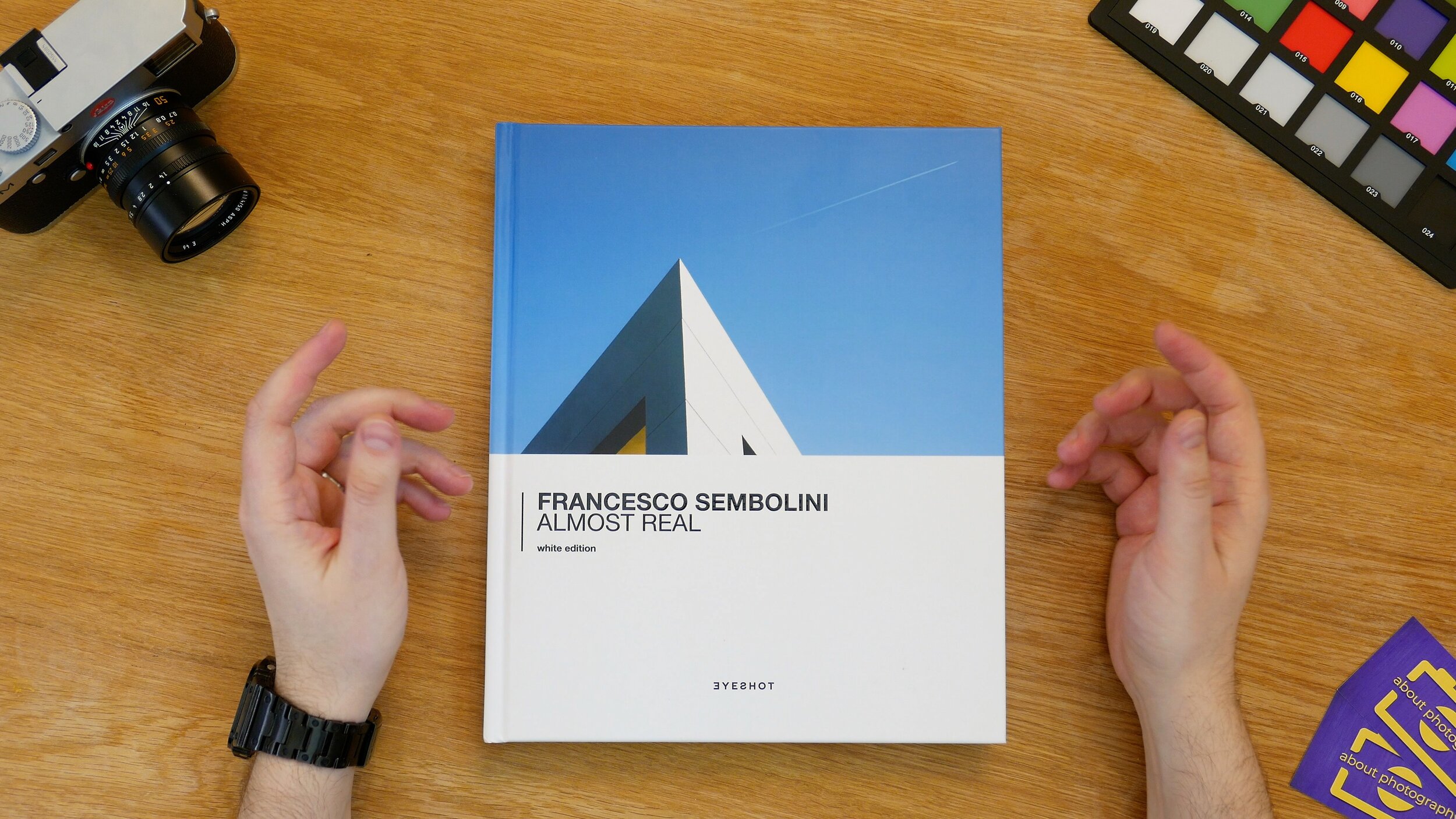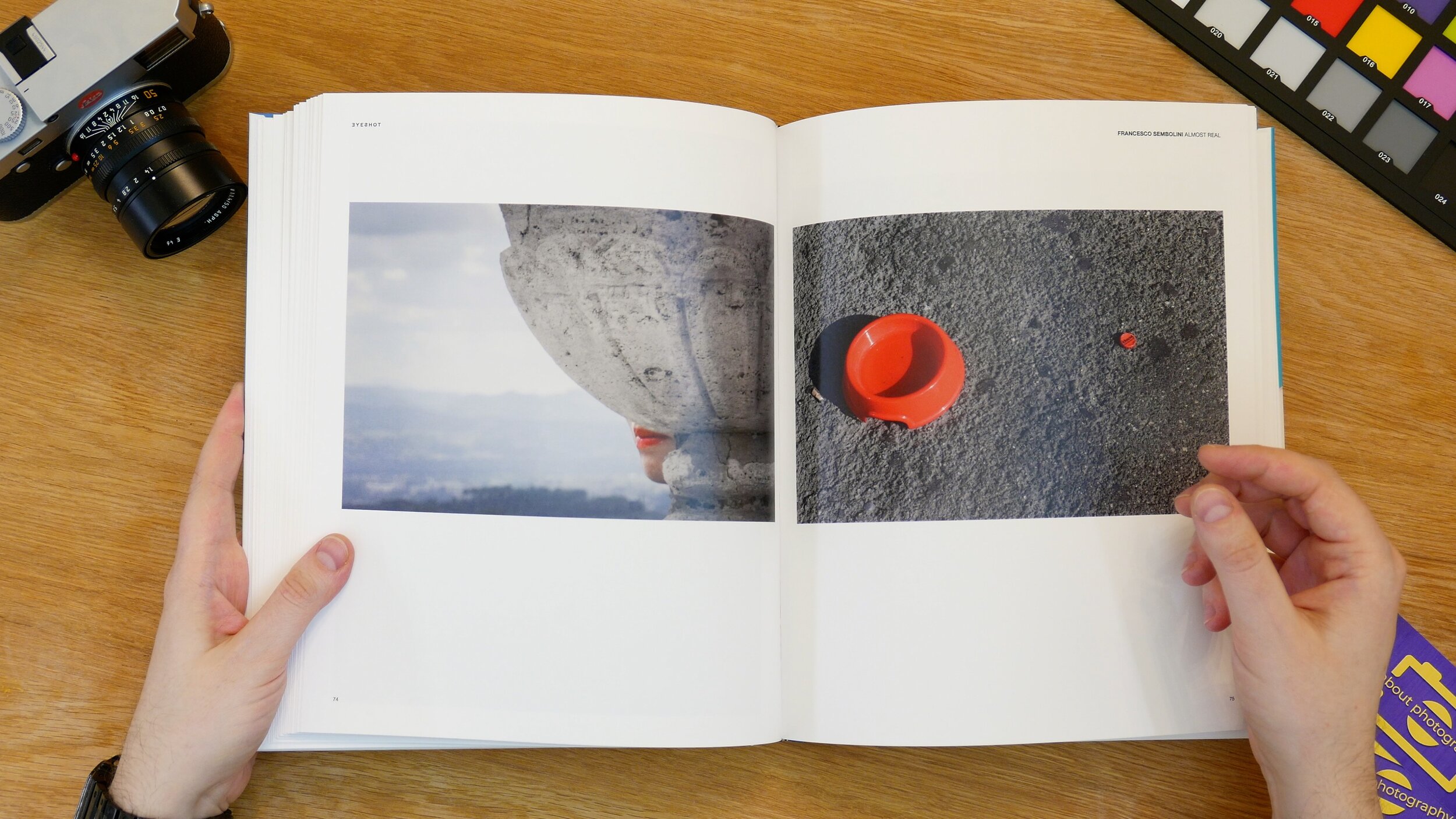Francesco Sembolini - Almost Real - EYESHOT
“My life has always been conditioned from details, everywhere. I watch everything carefully and my imagination combines details to create an unlikely reality.” - Francesco Sembolini
I was recently asked whether photography was an objective medium. When you ask two photographers to photograph the same subject, you will never get the same results. That is something I realised studying the new EYESHOT photography book ALMOST REAL by Francesco Sembolini. Every photographer is different. It starts with the choice of film, camera body, lenses, perspective, your perception of the reality. Almost Real is a very interesting book reminding me that there are photographers who see things differently. Sometimes the difference is subtle and it often makes me wonder. Could I shoot something like that? Why didn't I see it? And those types of books are the types I like most, the books that make you wonder and inspire you during your photography journey.
Created by Marco Savarese in 2017, EYESHOT is a very ambitious project focusing on street photography as both language and art form. You might have already seen the Eyeshot magazine on my channel, which I can only recommend. But apart from that, EYESHOT also started publishing photography books. I was very pleased when I saw many of my favourite photographers such as Shin Noguchi or Vineet Vohra.
Almost Real is the debut book of the Italian street photographer Francesco Sembolini. Sembolini is the founder of Italian Street Eyes, a street photography collective and also the Italian Street Photo Festival, the first international street photography festival in Italy.
Let me start with some details of the book. This is a pretty large book. I mean it's not large, large, with its 22 by 27 cms, it is a pretty normal-sized book, but the number of photographs is huge. When you consider that for the price of a regular photography monograph you are getting 200 pages and 188 images, it is like getting two or three books. The book is also a limited edition of 470 hand-numbered and signed - if that means anything to you. Personally, I don’t really care that much as the content is the most important aspect for me.
The book is a collection of work from Sembolini mainly focusing on colors, graphics, and creating unusual and aesthetic compositions.
Sembolini seems to see things differently. Maybe not more differently than you, but definitely more than me. He sees things that most people take for granted and frames seemingly common things and situations within his photographic rectangle using shapes, lines, but mostly color.
As Richard Bram noted in the introduction. When we think of graphic photography at first, we think of black-and-white, to do it in color is much more difficult. And those ideas are something, I think we can learn from. I mean many of those photographs are not that hard to replicate. It is just not so easy to visualize them in the first place. And that is a beautiful thing about photography.
How many times have you seen a photograph or modern painting and thought to yourself: “(even) I could do something like this.” And yet you didn’t. There are so many pictures you can get inspiration from and photograph yourself. That's what photography books are for, to inspire us to shoot more and more and eventually develop our style, and our eye.
That horizon is crooked, the image is underexposed and too dark, the subject is not in focus. Those comments in the dangerous waters of the internet comments made me think. Should photographers capture reality? Is there really a standard of beauty? We frame, compose, expose in a way that is unique, unique to us. We often think we capture the reality, but the problem is we only capture OUR perception of reality. Our two-dimensional representation of three-dimensional reality.
Photography is never going to be objective. I mean photojournalists are trying to get as close to reality as possible, but the simple choice of what we include or leave out of the frame makes it really difficult. Sembolini’s photography is a fantastic example of that. It showed me, how you can SEE ideas and composition even in the most unimaginative places. You do not need an Eiffel tower or the Empire state building in your composition to make your shot interesting. That is something important to realize, as many photographers are out of inspiration when the pandemic makes traveling to exotic places much more difficult than it used to be. We are also often bound by those rules that limit our creativity. But it is people like Sembolini who are willing to go beyond the rules, who can create beautiful work like this, put something from themselves into their photography.
I believe, that as a photographer it is not your goal to photograph interesting things, but rather make those common things, which are already available to you, look interesting.


